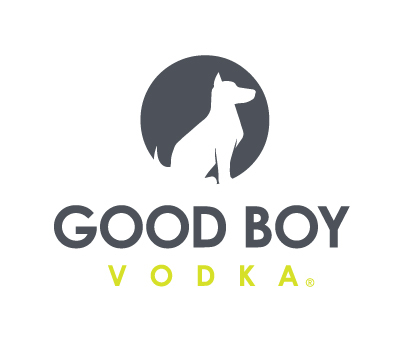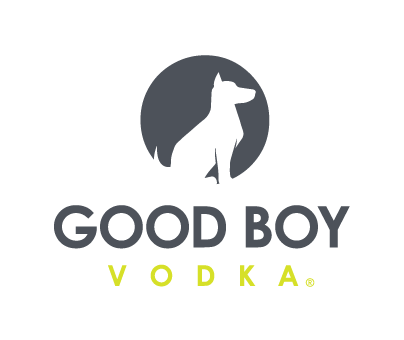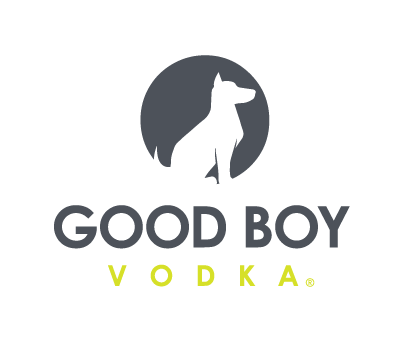Coronavirus Becomes Lab for Consumer Shopping Behaviors

With consumers stockpiling pantry items in response to the novel coronavirus (COVID-19), research firm Nielsen is studying their shopping habits during this unique time — both globally and in the U.S.
This week, Nielsen identified six key consumer behavior patterns that tie directly to coronavirus updates and appear across multiple markets. “Proactive health-minded buying” (purchasing products that support overall health and wellness) was the top behavior, followed by “reactive health management” — a focus on items specific to the situation, like masks (regardless of their effectiveness at virus prevention in healthy people) and hand sanitizers.
The third trend the firm observed is “pantry preparation,” with Nielsen noting many consumers are checking out with larger basket sizes as local transmission cases increase. American shoppers entered this phase after a February 26 press conference by President Donald Trump which urged citizens to “learn what future steps might be necessary to keep themselves and their communities safe.” According to Nielsen’s measured sales, consumers began stocking food staples the following week.
As consumers rushed to prepare, dried bean sales grew 37% that week, while canned meat and rice sales grew 32% and 25%, respectively. Other popular items included tuna (25%) and canned chickpeas (26%.) Those items have all since seen increased traction: dried beans’ sales grew 63%, and both canned meat and rice grew 58% during the week ending March 7. In emerging categories, the floodgates really flew open for oat milk: the beverage’s dollar sales jumped 347% for that week, as many shoppers prepared to work from home in the coming weeks.
Coronavirus is changing shopping habits in other ways as well. A report by research firm IRI further notes that despite the Easter season, typical seasonal items — like confectionery treats — may suffer as large celebrations are cancelled. In turn, IRI suggested, companies should consider “fun” ways to engage consumers — especially via social and digital channels — and closely monitor their sentiments.
Indeed, consumers will likely spend more time and money online: with long grocery store lines and many empty shelves, online shopping will have a “dramatic increase,” especially home delivery and click-and-collect, IRI wrote. But that may become a lasting trend beyond the pandemic, IRI added. To bring consumers back to stores, retailers should increase cleanliness, consider cross-promoting high-demand items and make them easy to find (quickly) on shelves.
















